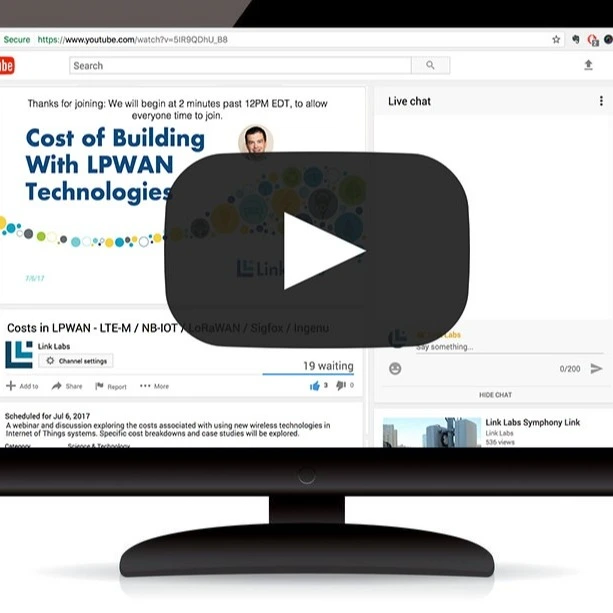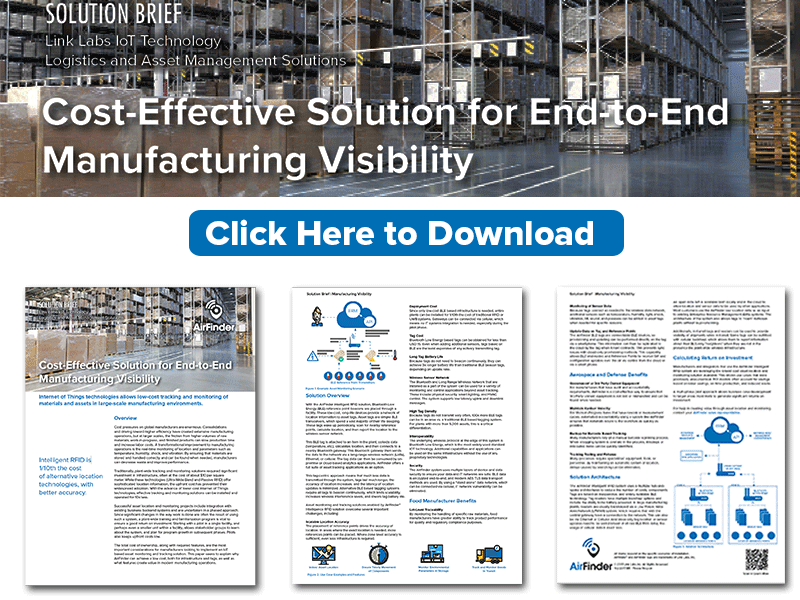The business model and costs associated with building an Internet of Things system are some of the most important considerations when planning what technology stack is used.
This session examines the concepts that drive cost in IoT, as well as gives a framework for understanding what matters most in system development. This discussion focuses on the drivers of cost in development, production, and operations. The costs of connectivity options are also explored in depth.
Here is a copy of the slides used in the presentation:
The conclusions are worth reiterating:
Module costs are <5% of loaded cost.
Team often focus on the cost of radio modules, which they should, but over the life of a product, this particular part often only constitutes 5% or less of the total cost.
Data usage is largest variable cost.
Technologies like LTE-M and NB-IOT have attractive pricing, but the cost per byte of data is many times higher than traditional cellular data. Understanding how much data a system is going to use is one of the most important parts of modeling a system's costs.
Some networks are not available.
SigFox, Ingenu, and LoRaWAN are intriguing innovations, but these networks only exist in a few cities. Unless you are developing a geographically constrained product, these networks likely won't work for your solution.
One-to-many architectures can save most money.
Using technologies like Bluetooth (see www.AirFinder.com) to gather data from many sensors before using a cellular technology can save serious money.





